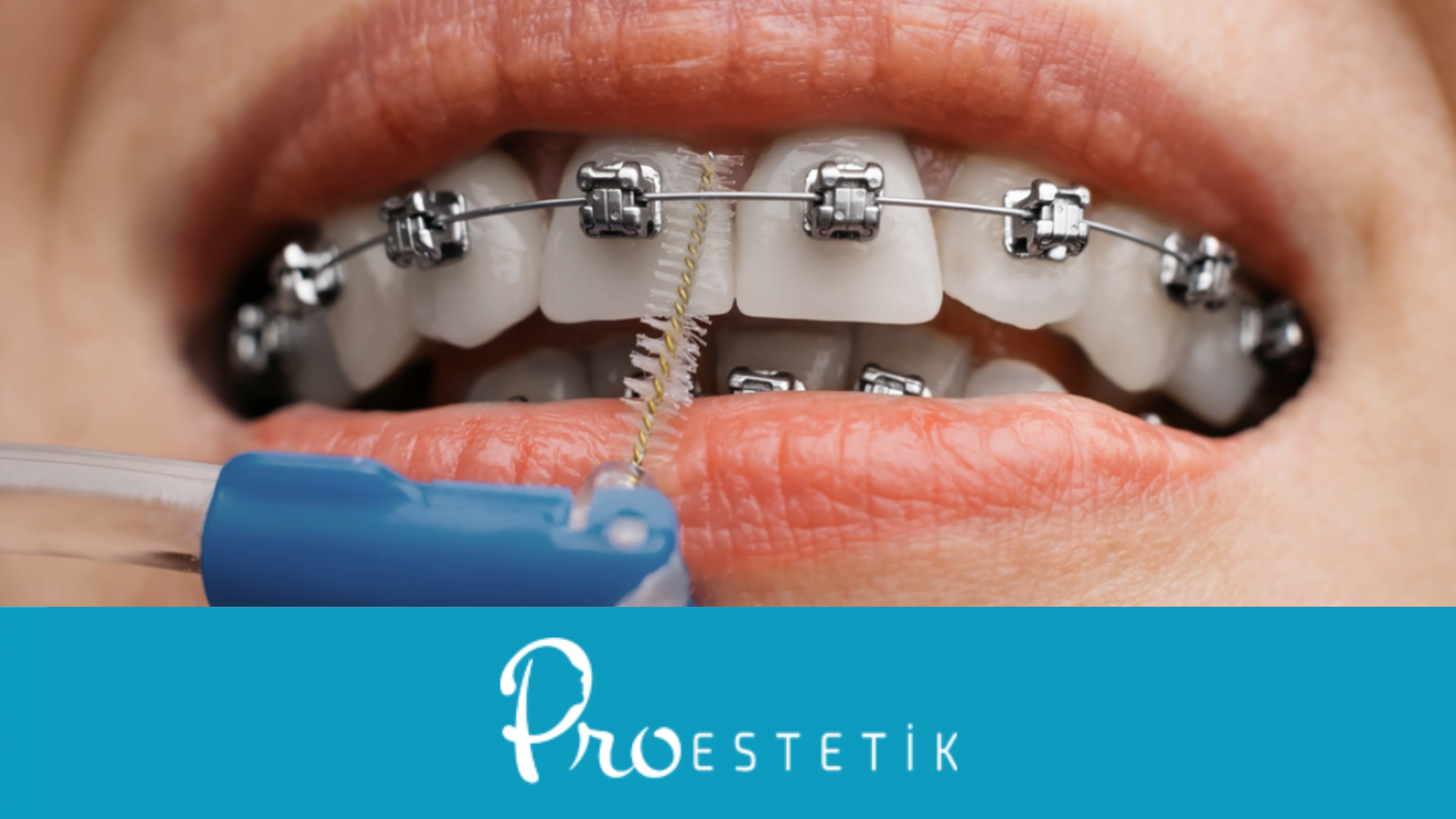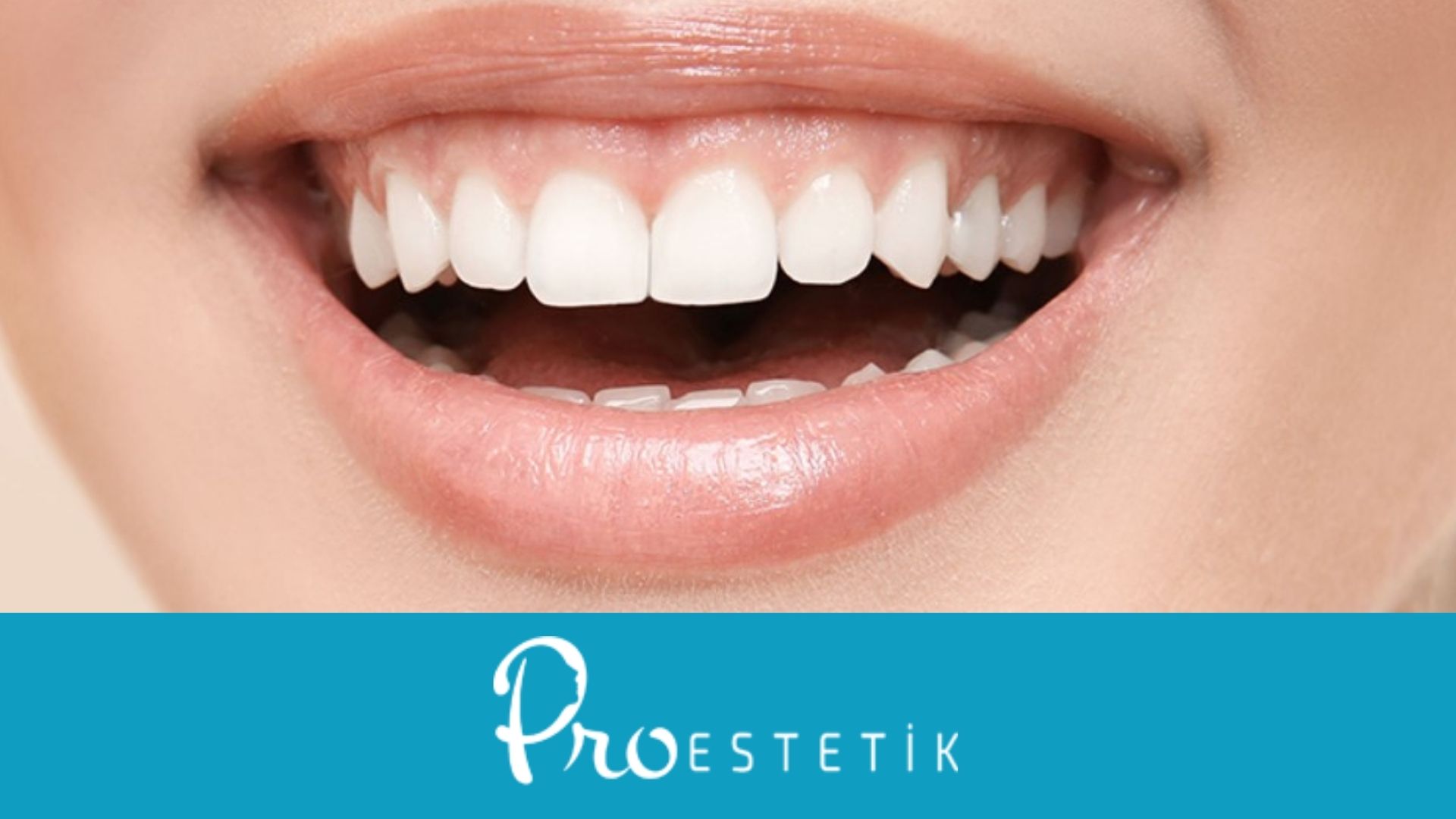We summarize everything about the palate, including in what situations it is used, how it is used, its disadvantages and advantages, in 10 questions. Enjoy reading!
palate; It is an appliance used for orthodontic treatments that can be designed as fixed or removable. It is placed on the upper palate for purposes such as stenosis of the palate, malalignment of the teeth and to support braces treatment.
Now let's summarize the information about the palate with the help of questions.
What is a Dental Retainer?
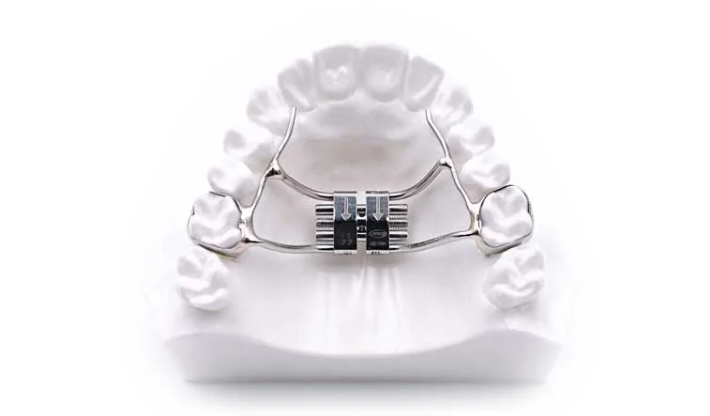
A dental retainer is an appliance used in orthodontic treatments, designed to be either fixed or removable. It is placed on the upper palate and can be used to address palate narrowness, misalignment of teeth, and to support wire treatments.
When is a Dental Retainer Used?
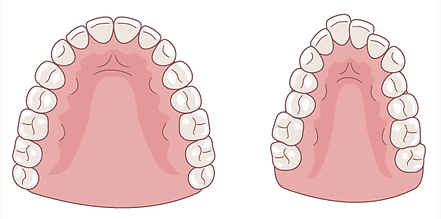
A dental retainer is used in various situations:
- For correcting upper or lower jaw deficiencies.
- To address facial deformities related to jaw joints.
- To adjust overlapping teeth.
- For correcting jaw narrowness.
- To prevent teeth from shifting after wire treatments.
- To rectify jaw and bite problems, aiding in easier daily activities like eating and speaking.
- To enhance dental alignment for a more aesthetic smile.
- As a supportive measure during wire treatments for teeth alignment.
How Does the Treatment Process with a Dental Retainer Progress?
Dental retainer treatment progresses through a thorough examination by a dentist. Depending on the dental structure and jaw condition, the dentist determines whether a fixed or removable retainer is suitable. After the treatment plan is finalized, the dentist takes mouth measurements and designs a custom retainer.
How is a Dental Retainer Cleaned?
Cleaning a dental retainer involves:
- Washing hands with soap and water.
- Carefully removing the retainer.
- Brushing the retainer with a soft brush, ensuring all surfaces are cleaned.
- Rinsing the retainer thoroughly with water.
- Checking the retainer for any issues.
- Replacing the retainer after oral hygiene routine is completed.
Why is a Dental Retainer Worn?
Dental retainers are worn by individuals with:
- Dental alignment issues.
- Imbalanced facial structures.
- Problems with upper and lower dental arches.
- Mispositioned teeth.
- Protruded or receded jawlines.
How is a Dental Retainer Inserted?
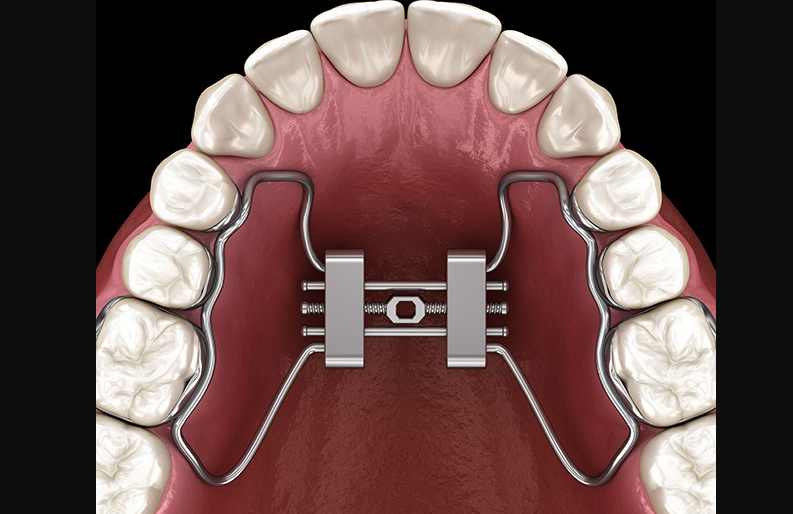
Fixed retainers are typically used for severe jaw narrowness and are installed by a dentist. Removable retainers are first fitted by a dentist and then can be inserted and removed carefully by the patient.
What are the Advantages and Disadvantages of Using a Dental Retainer?
Advantages of using a dental retainer include:
- Treatment of simple orthodontic problems.
- Easy cleaning.
- Customizable for each patient.
- Economical orthodontic treatment.
- Short treatment duration.
- Suitable for all ages.
Disadvantages include:
- Initial discomfort.
- Speech and swallowing difficulties initially.
- Food restrictions.
- Requires meticulous hygiene.
- Risk of bacteria buildup without proper cleaning.
- Careful cleaning needed after meals.
Does a Dental Retainer Straighten Teeth?
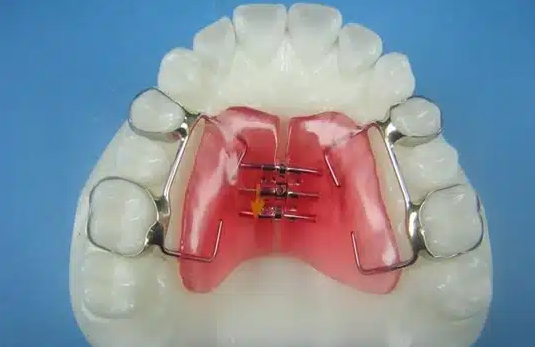
Yes, a dental retainer can directly contribute to teeth straightening, especially when used in conjunction with wire treatments.
How Long is a Dental Retainer Worn?
The duration of wearing a dental retainer varies based on the patient's condition and the treatment plan, typically ranging from 5 to 12 months.
Should a Dental Retainer be Used After Braces Treatment?
Yes, dental retainers are often used as supportive measures after braces treatment to maintain the effectiveness of the treatment.
For more detailed information about dental retainers, treatment, and pricing, feel free to contact us. Neglecting oral health issues can lead to more significant problems in the future. Take advantage of our free initial consultation with our expert dentists for a comprehensive dental check-up.

 English
English Turkish
Turkish Deutsch
Deutsch العربية
العربية![[:en]10 Questions About Dental Retainer | When Should a Dental Retainer Be Used?[:tr]10 Soruda Damaklık | Damaklık Hangi Durumlarda Kullanılır?[:de]10 Fragen zum Zahnretainer | Wann sollte ein Zahnretainer verwendet werden?[:ar]10 أسئلة حول حامل الأسنان | متى يجب استخدام حامل الأسنان؟[:] Damaklık Hangi Durumlarda Kullanılır?](https://proestetik.com.tr/wp-content/uploads/2024/02/damaklik-hangi-durumlarda-kullanilir66.png)







